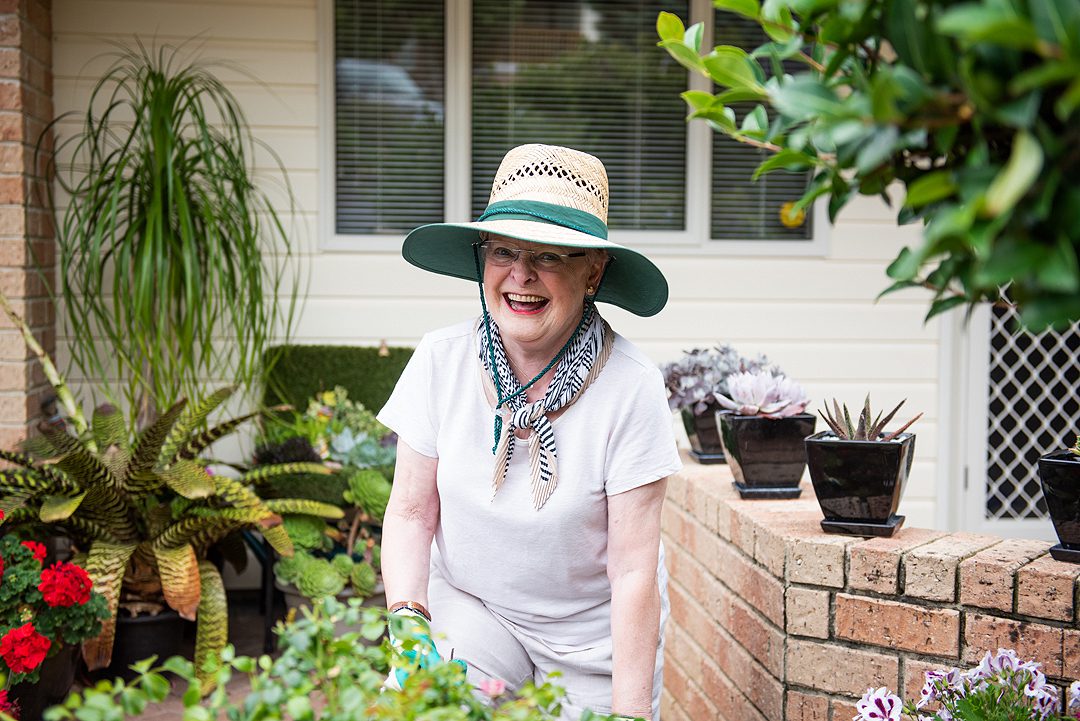Retirement marks the beginning of a new chapter in life, filled with possibilities, adventures, and…

Art Therapy for Well-being: Unleashing Creativity in Retirement
Art is often considered intrinsic to human expression. It is a vessel for emotion and imagination, providing us with beauty, cultural exploration, and a therapeutic outlet for self-expression. That being said, I’m sure many of us can agree how daunting it is getting started with creating. The good news is, retirement is a fantastic opportunity to explore art in a fun, accessible, and enriching way – we’re talking art therapy!
Art therapy is a highly respected form of psychotherapy for the incredible effects it can have on our well-being. From dealing with anxiety and grief, to discovering new parts of ourselves, art therapy can be an empowering practice. In this blog, we discuss the benefits of art therapy and some ideas for getting started, check it out!
Relieves stress
Retirement can be a stressful time with a lot of big changes. Art therapy offers individuals a creative and effective way to manage stress, allowing for relaxation, self-expression, and mindfulness. Through the process of creating art, we can shift our focus away from the stress of our lives and onto bettering ourselves. Further, art therapy provides a sense of empowerment and control over one’s creative process. Creating art allows them to make choices, experiment, and take ownership of their creative expression, fostering a sense of empowerment and reducing stress.
An important aspect of art therapy is creating without specific intention. Activities such as freehand drawing, painting, or even scribbling, are a great example of this, where the pressure to create something perfect is removed.
Opportunity for creativity
Art therapy revolves around the ways art can enrich our lives on a personal level. It doesn’t require you to have existing skills in order to succeed. Instead, it’s about expressing yourself, having fun, and trying new things.
Throughout our lives, many of us lack the time to connect with our creativity. With all the extra time, retirement gives us the opportunity to explore our creative side, maybe, for the first time. Art therapy is an accessible and low-pressure approach to creativity and yields so many benefits. Activities such as collage and scrapbooking, which are specifically meant to be simple and imperfect, are not only a special way to capture memories but a great way to express ourselves creatively too.
Boredom beater
Entering retirement, you may find it difficult to adapt to such a drastic increase in free time. If you’re struggling to find ways to fill your time, art therapy is a low-pressure way to explore your artistic side, develop a new hobby, and prevent boredom. Artistic expression is boundless; you can never run out of things to create!
If you’re interested in art therapy, we recommend setting goals for what you want to get out of it. These goals can be simple, like completing a painting, learning a new technique, or improving your overall well-being. Having goals to work towards can give us a sense of purpose, direction, and accomplishment. You can read more about how setting goals can help us prevent boredom and embrace retirement here!
Improves motor skills
Not only can art therapy keep your mind sharp, but your body too! As an added benefit of art therapy, practising certain art techniques can help maintain mobility. Some art forms, such as sculpting or drawing, require fine motor skills and hand-eye coordination. Engaging in these activities can help us improve their physical dexterity and mobility while preventing further deterioration of those skills.
Helps with sadness and grief
Perhaps, the best way we can express the complexity of this stage in our lives is through art. Art can help us communicate and process feelings of joy, sadness, nostalgia, and any other emotions we can expect to experience during this time. Art therapy provides a safe and nonverbal outlet for expressing these emotions. When we experience emotional challenges, we may find it challenging to articulate our feelings verbally. Through art, we can express complex emotions, release pent-up tension, and gain a deeper understanding of our emotional state. Creating visual representations of grief can help us gain a different perspective on it. It allows us to externalise our sadness and open up, which can be incredibly empowering.
For those of us who are experiencing sadness and grief, perhaps as a result of the death of a loved one, art therapy projects can help in the healing process. Engaging in activities such as creating a memory box or making a collage of cherished moments can help us remember and honour our loved ones. For more ideas for art therapy projects, check out this blog!
Fosters social connections
Of course, art therapy is not limited to individual practice; it can also be a wonderful opportunity to connect with others. Joining art therapy groups or participating in community art projects can give us a sense of belonging and provide a supportive network, as well as providing us with direction in our art therapy endeavours. Sharing in our creative journey with others can foster meaningful connections, inspire collaboration, and improve our overall well-being.
If you have any questions or are interested in what life is like at our lifestyle village, get in touch!



